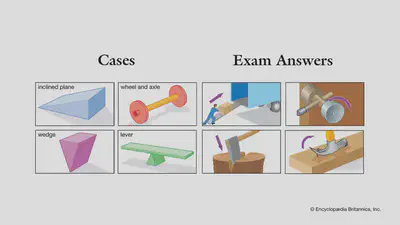Reading Cases, Answering Questions
Office Hours
Today from 1:00pm to 2:30pm
Vosburg v. Putney
Internal logic and mechanics of a case
- Procedural posture
- Legal question(s)
- Relevant facts
- Holding
- Reasoning(s) behind the holding
Vosburg v. Putney and underlying tort law values
- Corrective justice: determining liability based on the wrongfulness of the defendant’s actions within this particular case
- Efficiency: determining liability based on what will promote overall societal welfare (balancing costs and benefits)
- Power: determining liability based upon who is best positioned to prevent harm


Exam question
You are a judge in the state of Loyola tasked with writing the opinion of the court in the following case. No precedent binds you on the legal issues here, but it is customary to reference the reasoning of decisions from other jurisdictions when deciding an issue of first impression. The facts of the case are as follows:
Luna Adams found that her car’s brakes were squeaking. She brought the car in to be seen by her mechanic, Naomi Donald. Donald replaced the brake pads. A week later, Adams was driving when the brakes on her car failed, causing her to run off the road and crash into a tree. Adams sued Donald for personal injuries and property damages. The case went to a jury trial. Adams motioned for summary judgment, under the legal theory that when a car mechanic fixes a part of a car, that mechanic is strictly liable for all injuries proximately caused by that part of the car failing. The trial judge denied the motion, ruling that negligence, not strict liability, governed. The plaintiff appeals the denial of that motion.
Three lines of reasoning from Hammontree
- Precedent binds us. (Strict liability doesn’t apply for automobile accidents.)
- Analogy to products liability falls apart. (Not the same kind of power imbalance / control as products manufacturers.)
- Supreme Court reasoning in analogous case applies here. (Slippery slope, domain of the legislature)